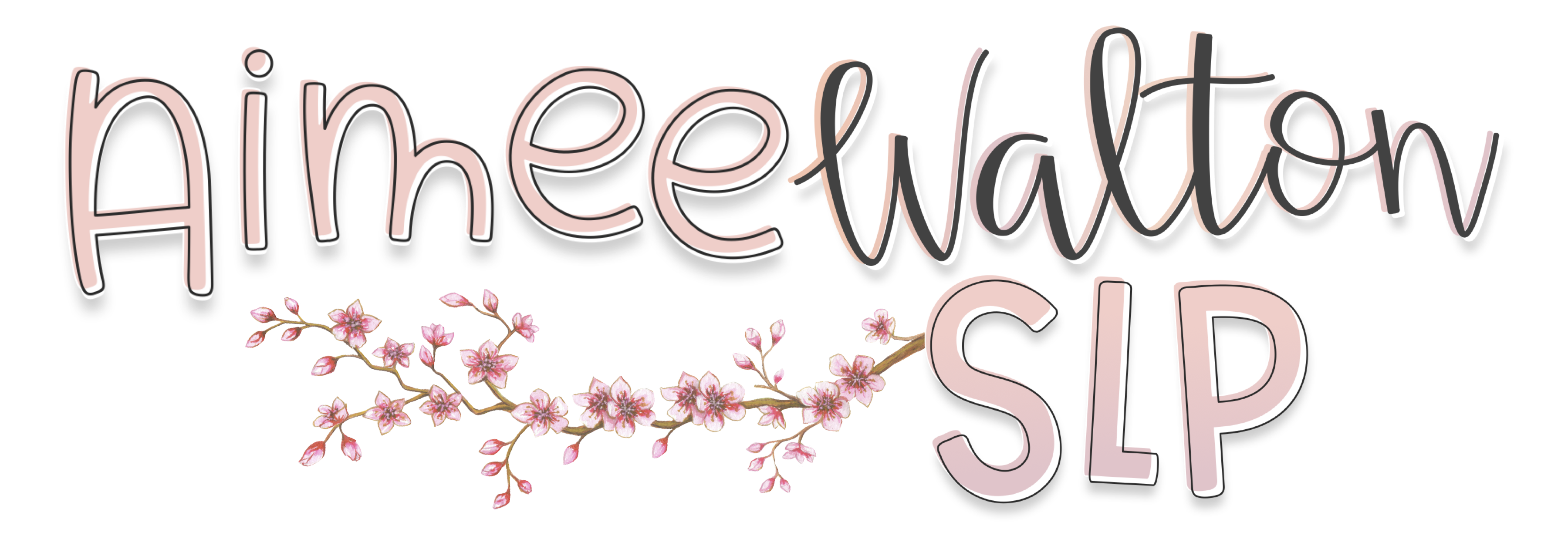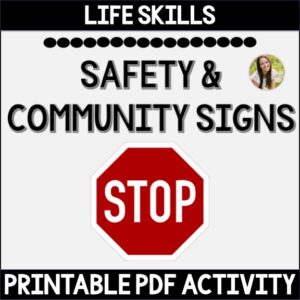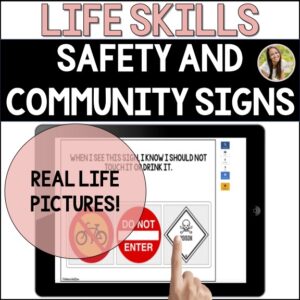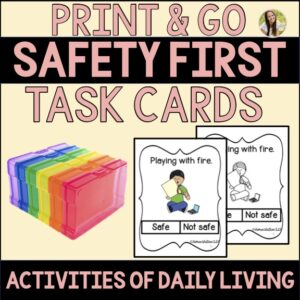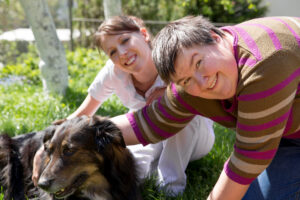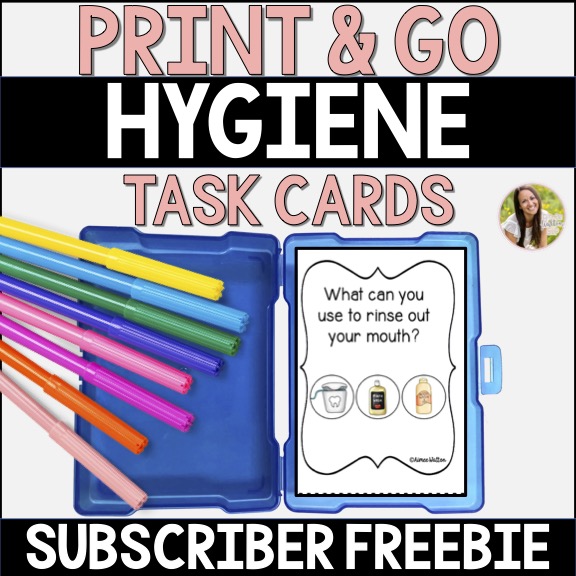
5 Ways to Work on Safety with Adolescents and Young Adults

As a fellow mother, my #1 priority with my children is to keep them safe. It is challenging to send our children out into the big, wide world and trust they have all the tools necessary to help them make responsible decisions that will ensure their safety. It is a balancing act we play as parents in trying to teach our children how to keep themselves safe in this world and foster independence, but yet not undermine their trust in believing the world still a good place to live in. It can be even more challenging to effectively teach these safety skills with adolescents and young adults with disabilities, who may need additional support with executive functioning skills, such as flexible thinking, self-monitoring, and self-control.
As a Speech-Language Pathologist, fostering independence and meeting communication demands as our student and clients move throughout their activities of daily living is within our scope of practice. Here are my top 5 ways that I work on safety with adolescents and young adult student and clients that I service.
1. Safe or Not Safe Stranger Danger Digital Task Cards
This deck consists of 20 digital task cards on Boom Learning™ designed to give students practice in identifying whether situations are safe or not safe, when provided with a hypothetical situation and a corresponding picture. From allowing a stranger to take your picture, to getting in the car with a stranger, this deck provides student and clients with hypothetical stranger danger situations to help them think through and make responsible decisions to help ensure their safety. All pictures are real-life images, so students can easily relate to the situations and pictures presented to them. You can snag this activity on the image below.
2. Safe/Not Safe Social Media
As social media continues to grow, our adolescent and young adult students and client are impulsively sharing information about every detail of their lives, and exposing themselves in ways that are compromising their safety and security. We can work with this population to teach that although social networking may appear like a gathering of friends, it isn’t necessarily a closed and safe universe. To address this topic, I refer to my print & go Social Media Safety Task Cards, which can be accessed by clicking on the image below.
If you are a newsletter subscriber, these print & go Social Media Safety Task Cards can be accessed for free within the freebie library. You can sign up by clicking HERE.
For my digital Social Media Boom Learning™ resource with 3 different activities that address social media safety, you can click on the image below.
3. Safety/Community Signs
Our adolescent students and young adults need our help in becoming more independent out in the community. We need to be teaching community signs and symbols explicitly as an evidence-based practice for special education classroom (Bates, Cuvo, Miner, & Korakek, 2001). One my favorite ways to teach safety and community is by providing students with real images of safety and community signs and having them identify the named sign, and/or discuss the purpose of each sign. For my printable static PDF Safety and Community Signs resource, you can click on the image below.
For my digital task cards Safety and Community Signs Boom Learning™ resource, you can click on the image below.
4. Safe/Not safe in Activities of Daily Living
One of the best ways to teach safety while out in the community is through role-playing activities of common situations students and clients may encounter as they move throughout their activities of daily living. By discussing challenging hypothetical situations and verbalizing whether these situations are safe or not safe, students and clients can practice to help them make safe, responsible decisions. One of my favorite ways to work on safety throughout activities of daily living is through my Safety First in Activities of Daily Living Task Cards. You can access those by clicking on the image below.
5. Safe/Not safe Around the Home
Adolescents and young adults have daily encounters with situations within their home environment, where they are focused to make responsible decisions about whether these situations are safe or not safe. From turning off the stove burner to running around the pool, students and clients need practice in identifying whether these situations are going to help keep them safe within their home. I often use this Safety Around the House with Real Picture Boom Learning™ resource by Shelley Blanco to address this important life skill. You can access it by clicking on the image below.
What other ways do you work on keeping our adolescent and young adults safe as they move throughout their daily activities? I would love to hear from you in the comments below.
Don’t forget to save this post to your speech therapy Pinterest board! 
